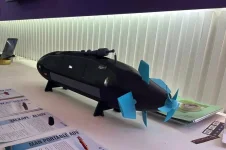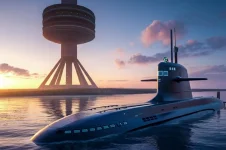- Views: 2K
- Replies: 32

India's latest defence budget has allocated significant funding for the Twin Engine Deck-Based Fighter (TEDBF) program and the development of the Remotely Stealthy Powered Autonomous Unmanned Combat Aerial Vehicle (RSPA UCAV), also known as Ghatak.
This investment underscores India's commitment to modernizing its naval aviation capabilities and bolstering its presence in the Indian Ocean Region (IOR) in the face of China's growing influence.
The budget statement explicitly mentions that "some major acquisitions planned in the next year, such as Long Endurance Remotely Piloted Aircraft of High and Medium Altitude and Stage Payment of Deck-Based Aircraft, will be funded out of this allocation." This confirms that both the TEDBF and Ghatak programs are being prioritized for development and acquisition.
The Ghatak UCAV program has already achieved significant progress, with scaled model testing completed and the Aeronautical Development Establishment (ADE) commencing fabrication of the first prototype.
This unmanned combat aircraft will be powered by a derivative of the indigenous Kaveri engine, generating 46kN of thrust. With a maximum takeoff weight of nearly 13 tons, it will be comparable in size to the Tejas Mk1A fighter jet.
Meanwhile, the TEDBF is poised to become the Indian Navy's next-generation carrier-based fighter, replacing the aging MiG-29K fleet. The allocation of funds for project clearance and subsequent development ensures that India continues its strides towards self-reliance in naval aviation.
This development also indicates that the Critical Design Review (CDR) for the TEDBF program is nearing completion and will soon be presented to the Ministry of Defence (MoD) for project funding.
Both the TEDBF and Ghatak are crucial to India's strategic posture in the Indo-Pacific region, where maintaining maritime and aerial dominance is paramount.
These projects will significantly enhance India's operational reach and combat effectiveness, allowing the nation to project power and safeguard its interests in the IOR and beyond.
The development of these advanced aircraft comes at a time when China is increasing its naval presence in the Indian Ocean, underscoring the importance of India's investment in its own defence capabilities.


